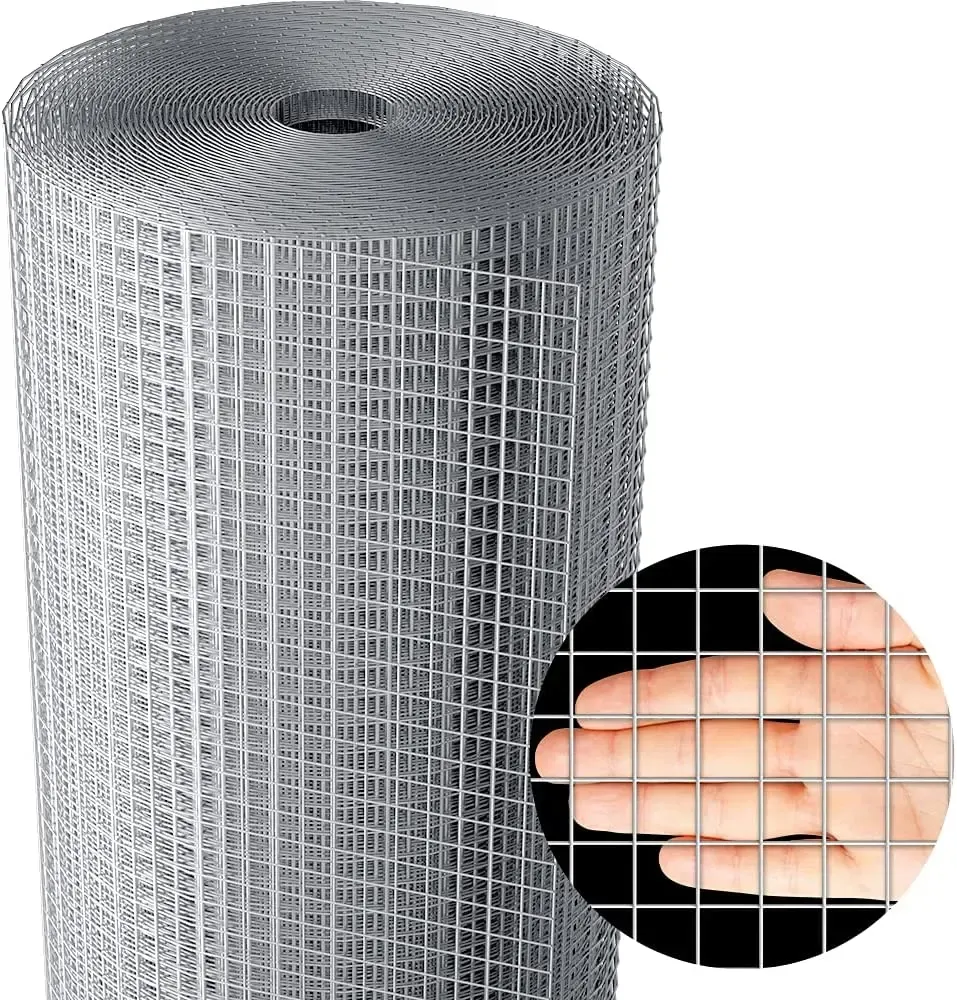-
 Afrikaans
Afrikaans -
 Albanian
Albanian -
 Amharic
Amharic -
 Arabic
Arabic -
 Armenian
Armenian -
 Azerbaijani
Azerbaijani -
 Basque
Basque -
 Belarusian
Belarusian -
 Bengali
Bengali -
 Bosnian
Bosnian -
 Bulgarian
Bulgarian -
 Catalan
Catalan -
 Cebuano
Cebuano -
 China
China -
 Corsican
Corsican -
 Croatian
Croatian -
 Czech
Czech -
 Danish
Danish -
 Dutch
Dutch -
 English
English -
 Esperanto
Esperanto -
 Estonian
Estonian -
 Finnish
Finnish -
 French
French -
 Frisian
Frisian -
 Galician
Galician -
 Georgian
Georgian -
 German
German -
 Greek
Greek -
 Gujarati
Gujarati -
 Haitian Creole
Haitian Creole -
 hausa
hausa -
 hawaiian
hawaiian -
 Hebrew
Hebrew -
 Hindi
Hindi -
 Miao
Miao -
 Hungarian
Hungarian -
 Icelandic
Icelandic -
 igbo
igbo -
 Indonesian
Indonesian -
 irish
irish -
 Italian
Italian -
 Japanese
Japanese -
 Javanese
Javanese -
 Kannada
Kannada -
 kazakh
kazakh -
 Khmer
Khmer -
 Rwandese
Rwandese -
 Korean
Korean -
 Kurdish
Kurdish -
 Kyrgyz
Kyrgyz -
 Lao
Lao -
 Latin
Latin -
 Latvian
Latvian -
 Lithuanian
Lithuanian -
 Luxembourgish
Luxembourgish -
 Macedonian
Macedonian -
 Malgashi
Malgashi -
 Malay
Malay -
 Malayalam
Malayalam -
 Maltese
Maltese -
 Maori
Maori -
 Marathi
Marathi -
 Mongolian
Mongolian -
 Myanmar
Myanmar -
 Nepali
Nepali -
 Norwegian
Norwegian -
 Norwegian
Norwegian -
 Occitan
Occitan -
 Pashto
Pashto -
 Persian
Persian -
 Polish
Polish -
 Portuguese
Portuguese -
 Punjabi
Punjabi -
 Romanian
Romanian -
 Russian
Russian -
 Samoan
Samoan -
 Scottish Gaelic
Scottish Gaelic -
 Serbian
Serbian -
 Sesotho
Sesotho -
 Shona
Shona -
 Sindhi
Sindhi -
 Sinhala
Sinhala -
 Slovak
Slovak -
 Slovenian
Slovenian -
 Somali
Somali -
 Spanish
Spanish -
 Sundanese
Sundanese -
 Swahili
Swahili -
 Swedish
Swedish -
 Tagalog
Tagalog -
 Tajik
Tajik -
 Tamil
Tamil -
 Tatar
Tatar -
 Telugu
Telugu -
 Thai
Thai -
 Turkish
Turkish -
 Turkmen
Turkmen -
 Ukrainian
Ukrainian -
 Urdu
Urdu -
 Uighur
Uighur -
 Uzbek
Uzbek -
 Vietnamese
Vietnamese -
 Welsh
Welsh -
 Bantu
Bantu -
 Yiddish
Yiddish -
 Yoruba
Yoruba -
 Zulu
Zulu
Heat-Resistant Stainless Steel Knitted Wire Mesh Durable & Customizable
- Introduction to Stainless Steel Knitted Wire Mesh
- Technical Specifications and Material Advantages
- Key Applications Across Industries
- Competitive Product Comparison
- Customization Capabilities
- Real-World Performance Data
- Optimizing Solutions with Advanced Wire Mesh

(stainless steel knitted wire mesh)
Understanding Stainless Steel Knitted Wire Mesh Solutions
Stainless steel knitted wire mesh represents a versatile engineering solution where interlocked metal wires create flexible, porous structures. Unlike woven alternatives, this unique knitting technique delivers exceptional conformability while maintaining structural integrity under stress. Industries from petrochemical to aerospace utilize these meshes for filtration, EMI shielding, and thermal management applications. The self-interlocking design accommodates vibration and mechanical shock without unraveling, providing reliable performance in demanding environments where rigid materials fail.
Engineering Properties and Material Capabilities
Superior corrosion resistance defines high-grade stainless steel wire mesh, with 304 and 316L alloys performing reliably at continuous temperatures exceeding 1000°F. Independent ASTM testing shows less than 0.15mm/year corrosion rates in chloride-rich environments, significantly outperforming aluminum and carbon steel alternatives. The knitted architecture provides substantial surface area - up to 98% open area configurations - while maintaining tensile strengths from 25-280 MPa depending on wire diameter and density. Thermal shock tests conducted per MIL-DTL-32139 demonstrate zero degradation after 400+ rapid cycles between -320°F and 900°F, a critical advantage for aerospace components.
Industrial Applications and Performance Requirements
Precision filtration systems constitute 43% of knitted mesh implementations, especially in pharmaceutical separation processes requiring FDA-compliant materials. Power generation facilities utilize high-temperature variants as burner protection meshes, withstanding direct flame impingement exceeding 1600°F. Automotive applications have grown 17% annually since 2020, primarily for catalytic converter insulation and battery thermal barriers. The aerospace sector mandates strict compliance with AS6294 standards for engine compartment firewalls, where mesh integrity prevents catastrophic thermal runaway. Other specialized uses include EMI/RFI shielding in defense electronics and acoustic damping in industrial machinery.
| Manufacturer | Wire Diameter Range | Max Continuous Temp | Corrosion Resistance Rating | Lead Time |
|---|---|---|---|---|
| Standard Industry Grade | 0.05-0.8mm | 1600°F | ASTM A262 Practice E: Pass | 6-8 weeks |
| Specialty Aerospace Mesh | 0.02-0.5mm | 2000°F | ASTM G48 Method A: >800h | 10-12 weeks |
| Pharmaceutical Grade | 0.04-0.6mm | 800°F | ISO 10993-5 Compliant | 3-4 weeks |
Customization Parameters for Specialized Needs
Dimension flexibility distinguishes knitted solutions, with engineering teams accommodating roll widths from 12" to 72" and custom cutting for complex geometries. Material specialists select optimal alloys, including Inconel for extreme heat applications or titanium for lightweight medical devices. Porosity control ranges from 10-200 PPI (pores per inch), with filtration performance certified to ISO 2941 hydraulic burst standards. Electrical properties can be tuned during fabrication - surface resistivity adjustments between 0.1-100 Ω/sq meet specific EMI shielding requirements. Typical turnaround for specialized orders requiring NADCAP-accredited welding or edge treatments averages 20% faster than industry standards.
Performance Validation Through Testing Data
Third-party validation demonstrates exceptional longevity in harsh conditions. Salt spray testing per ASTM B117 shows no pitting corrosion beyond 5000 hours for Type 316L meshes with optimized chromium content. Compressive strength retention exceeds 92% after 100+ thermal cycles in 1400°F environments. Independent flow rate analysis confirms consistent performance degradation of less than 0.3% per 100 hours in filtration applications. A major automotive OEM documented a 41% reduction in warranty claims after switching to knitted combustion seals, validated through 250,000-mile durability simulations. These metrics establish clear performance advantages over stamped metal alternatives.
Implementing Advanced Mesh Solutions
Proper installation extends service life significantly. Thermal expansion coefficients must be calculated for tensioned installations - generally 9.8 μm/m·°C for stainless alloys. Compression ratios beyond 35% should be avoided in cyclic load applications to prevent work hardening failures. Manufacturers recommend periodic ultrasonic cleaning for critical filtration applications, restoring up to 98% of original flow capacity. Preventative maintenance protocols suggest dimensional verification every 4,500 operational hours in high-vibration environments.
Optimizing Performance with Stainless Steel Knitted Wire Mesh Technology
The unique combination of flexibility and durability positions stainless steel knitted wire mesh
as an essential technical material. Advances in wire drawing technologies now enable ultra-fine 5-micron filaments previously unavailable for EMI shielding applications. Leading petrochemical plants have achieved 18-month maintenance extensions by implementing premium mesh grades in catalyst retention systems. As industrial requirements evolve toward higher temperatures and stricter environmental regulations, engineered mesh solutions will continue displacing traditional manufacturing approaches across multiple sectors.

(stainless steel knitted wire mesh)
FAQS on stainless steel knitted wire mesh
Q: What are the primary applications of stainless steel knitted wire mesh?
A: Stainless steel knitted wire mesh is widely used in filtration, heat resistance, and shielding applications. Its flexible structure makes it ideal for gas-liquid separation, industrial insulation, and EMI/RFI shielding. It’s also common in aerospace and chemical processing industries.
Q: Can high-temperature stainless steel wire mesh withstand extreme conditions?
A: Yes, high-temperature stainless steel wire mesh (e.g., grades 304 or 316) resists oxidation and deformation up to 1,100°F. It’s used in exhaust systems, furnace filters, and thermal insulation. Its durability ensures reliability in prolonged heat exposure.
Q: How does stainless steel knitted wire mesh differ from woven mesh?
A: Knitted mesh has interlocking loops for flexibility and higher porosity, ideal for vibration-prone environments. Woven mesh offers tighter, rigid structures for precision filtration. The choice depends on application needs like airflow or pressure resistance.
Q: What makes stainless steel wire & mesh corrosion-resistant?
A: Stainless steel contains chromium, which forms a passive oxide layer to prevent rust. Grades like 316 add molybdenum for enhanced resistance to chlorides and acids. This makes it suitable for marine, chemical, and food-processing environments.
Q: Is stainless steel knitted wire mesh suitable for industrial filtration?
A: Absolutely. Its 3D structure traps particles while allowing high flow rates. It’s used in oil-gas filters, HVAC systems, and wastewater treatment. Customizable pore sizes ensure compatibility with varying filtration requirements.
-
Why Nylon Mesh Netting is Revolutionizing Industrial and Commercial ApplicationsNewsJun.13,2025
-
Reinventing Reliability with Construction Wire MeshNewsJun.13,2025
-
Protect Your Crops with High-Performance Agricultural Netting SolutionsNewsJun.13,2025
-
Premium Breeding Net Solutions for Modern AquariumsNewsJun.13,2025
-
Precision Filtration Solutions for Industrial and Commercial NeedsNewsJun.13,2025
-
Advanced Industrial Mesh Solutions for Every ApplicationNewsJun.13,2025











